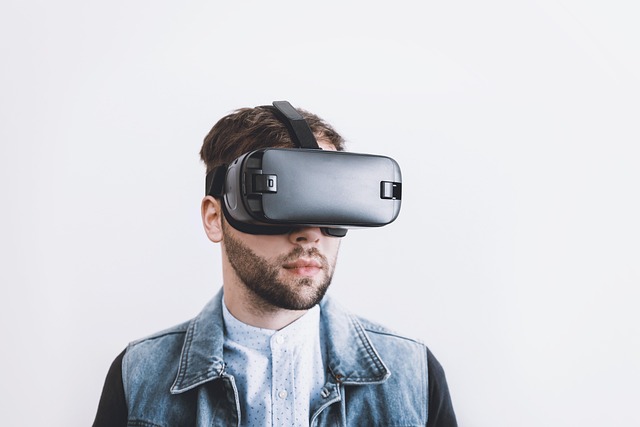Exploring the Future of Education: A Deep Dive into Educational Simulations with Virtual Reality, Augmented Reality, and Metaverse
The way we approach education is on the brink of a revolutionary change, thanks largely to technological advances like educational simulations, virtual reality (VR), augmented reality (AR), and the enchanting possibilities of the metaverse. Imagine transforming a traditional classroom into a dynamic, engaging learning environment where theories come to life and students experience knowledge in action. That’s the promise of these innovative technologies.
Virtual Reality offers an immersive experience that can transport students to ancient civilizations, scientific laboratories, or even outer space. Rather than merely reading about these places in textbooks, learners can interact with their environment, manipulate objects, and engage in simulations that enhance comprehension and retention. For instance, medical students can practice surgical procedures in a virtual operating room, honing their skills without any risk to patients.
Augmented Reality takes this a step further by overlaying digital information onto the physical world. In a biology class, for example, students can scan a textbook image of a cell and see a 3D representation pop up in front of them, complete with interactive features like rotating or zooming in. This bridges the gap between theory and practice, bringing abstract concepts to life. Augmented reality not only enhances learning by making it more engaging but also caters to different learning styles, from visual to kinesthetic learners.
The metaverse presents an expansive realm where these technologies converge, offering an interactive and social space for learning. Picture a classroom where students from around the globe can collaborate on projects in real-time, engage in simulations, and share cultural insights, all within a shared virtual environment. The boundaries of physical classrooms dissolve, making education not only more accessible but also more enriching by promoting diversity and global perspectives.
These educational simulations engage students on a deeper emotional level, as they can embody roles and partake in experiences that would otherwise be impossible. This form of experiential learning nurtures critical thinking, problem-solving skills, and creativity, essential qualities for the workforce of tomorrow. It’s not about replacing traditional learning methods; rather, it’s about complementing and enhancing them through innovative technology.
As educators and institutions explore the potential of VR, AR, and the metaverse, they also face challenges such as accessibility, equity, and the need for teacher training. Ensuring that all students have the required technology and support is essential for the successful integration of these tools into educational systems. However, the benefits far outweigh the obstacles, as engaging students in interactive, simulation-based learning experiences can lead to a profound transformation in how we view education.
By embracing educational simulations powered by VR, AR, and the metaverse, we can unlock new pathways for learning that are rich in diversity and inclusive of all learners. As we venture into this exciting era of education, it is crucial to keep our focus on students, ensuring that they are not just passive recipients of information but active participants in their educational journey. The future of learning is bright, immersive, and full of endless possibilities.



